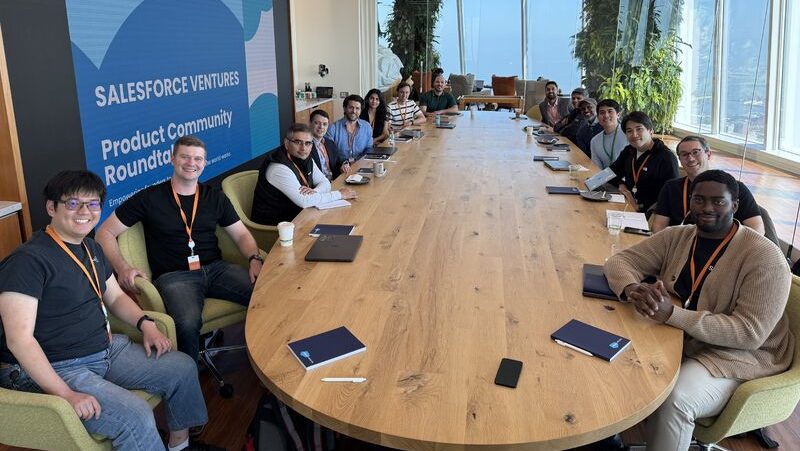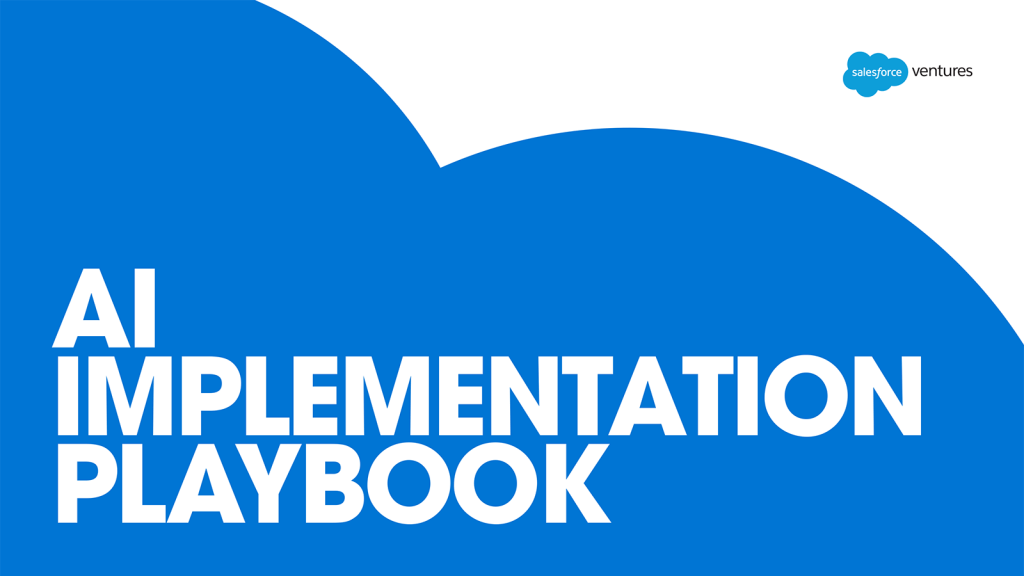Perspective Type: Insights

How Pano AI Is Building the Front Line of Wildfire Defense

How Top Product Teams Are Actually Leveraging AI in 2025

How AI is Transforming Customer Education: Lessons From Databricks & Uplimit
by
Claudine Emeott and Enki Toto

Chainguard CEO Dan Lorenc On Securing Open Source & Resisting the Urge to Reinvent Enterprise Sales

By the Numbers: How AI Will Impact Technology Work
by
Siobhan Savage and Matthew Speiser

Measuring AI Impact: 5 Lessons For Teams

Building Trust in AI: 3 Approaches That Work

AI Implementation Playbook

OneVest CEO Amar Ahluwalia on Revolutionizing Wealth Management & ‘Brilliant Execution’
by
Zak Kokosa, Pascha Hao and Rob Keith

Protex AI CEO Dan Hobbs On Thinking Big & De-Risking Entrepreneurship
by
Nowi Kallen and Jessica Bartos

The New Enterprise Software Playbook: Lessons From Zeck and G2
by
Rob Keith and Paul Drews

Shaping an Efficient Growth Strategy: GTM Strategies For 2025
by
Emily Zhao and Derek Asbun







